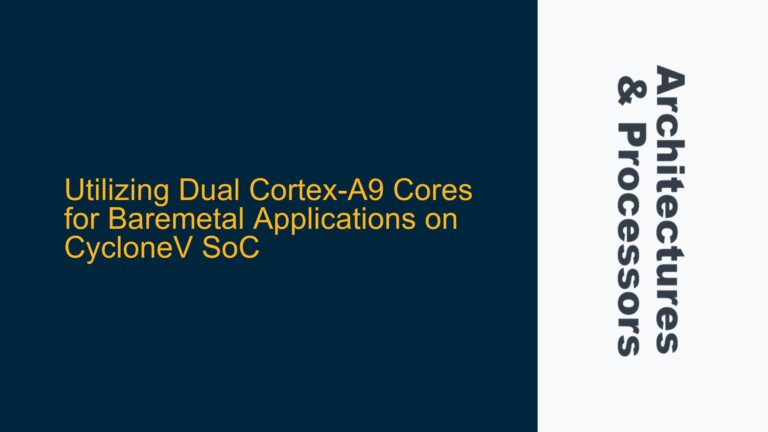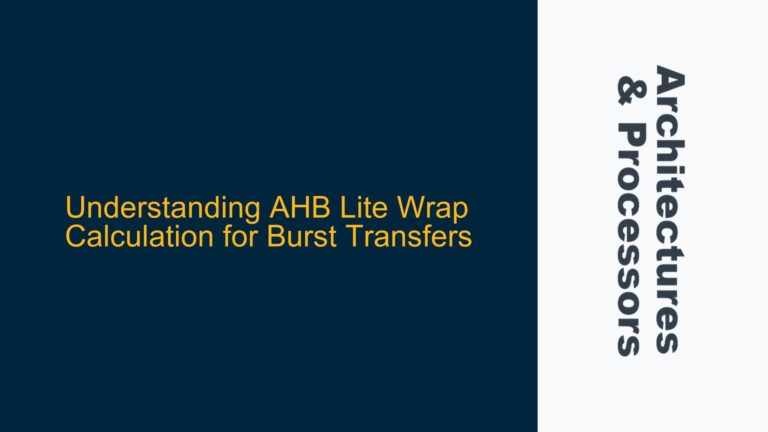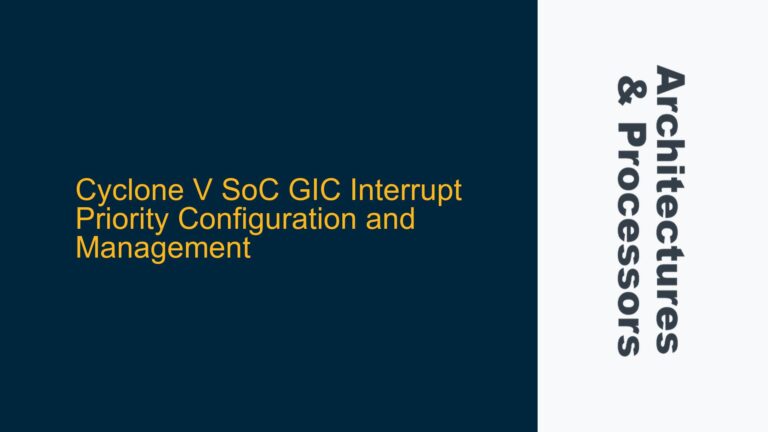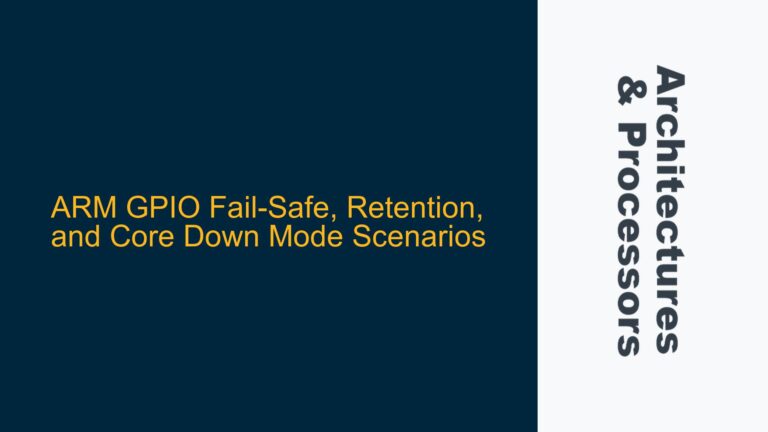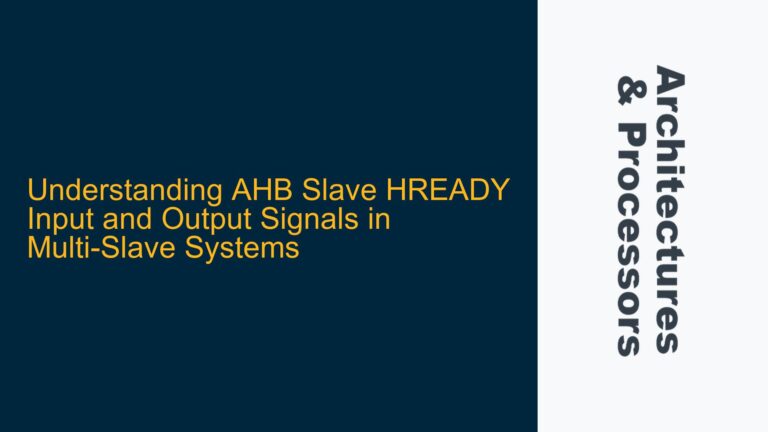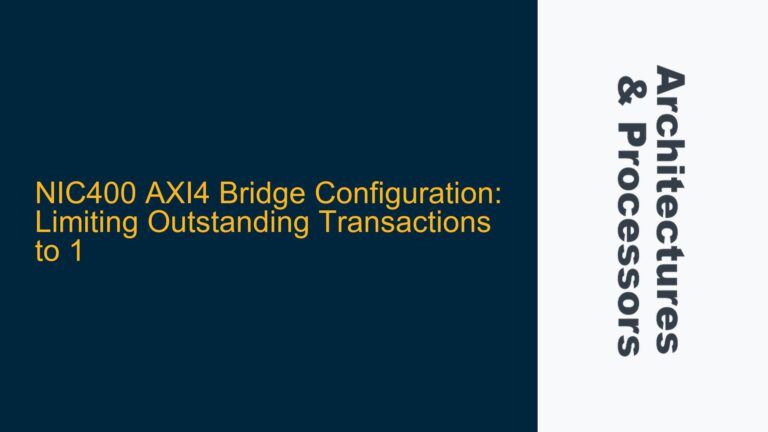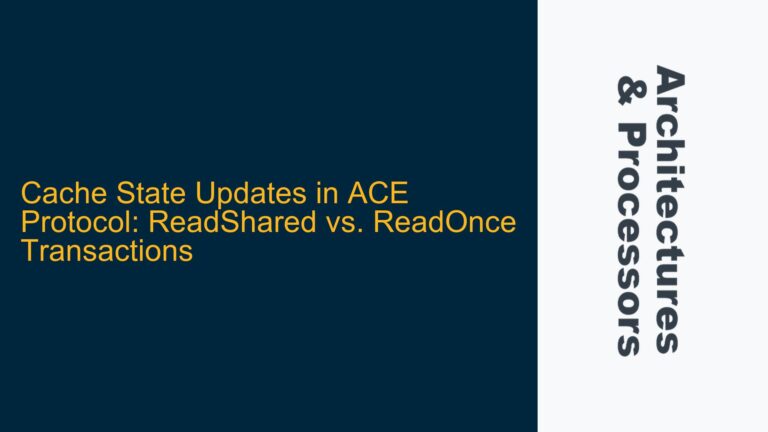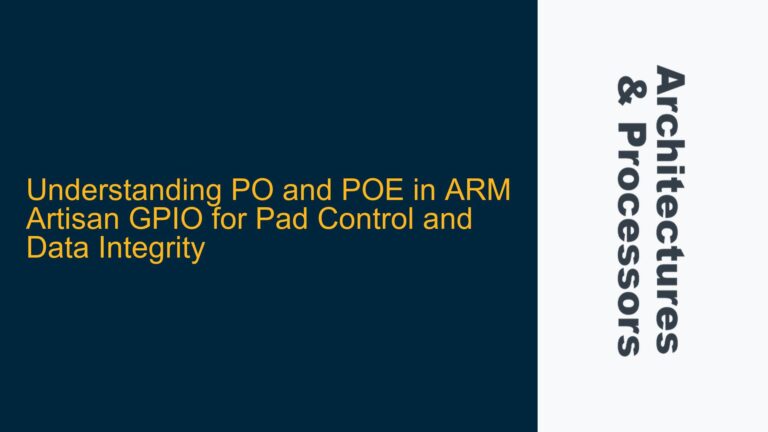Utilizing Dual Cortex-A9 Cores for Baremetal Applications on CycloneV SoC
Dual Cortex-A9 Core Initialization and Synchronization Challenges When working with a dual-core ARM Cortex-A9 system like the CycloneV SoC, one of the primary challenges is ensuring proper initialization and synchronization between the two cores. The Cortex-A9 cores share a common L2 cache and are typically connected via an AXI coherency extension (ACE) interface, which allows…
